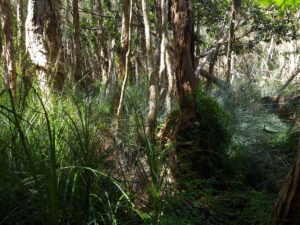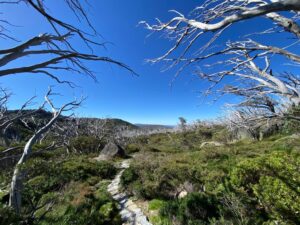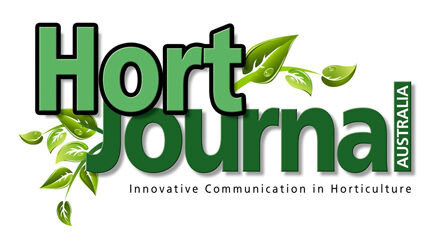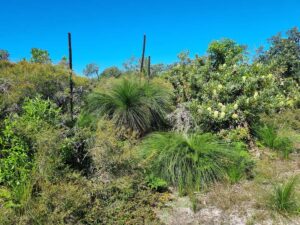Carbon capture – are trees the solution?
By Patrick Regnault
Governments, NGOs (non-government organisations), media scientists, and politicians of all persuasions are thinking about climate change mitigation; good on them! Carbon offset using tree planting is like dressing a deep wound with a small plaster. It takes 10 to 20 years for a tree to become carbon neutral – are the offsets counted after that time? Of course not. They are counted from the moment the trees are planted or even before, and the survival and welfare of the planted trees is not taken into account. It’s a cynical accounting device that benefits no one in the long term, and yet it is promoted, from industry to the green movement, as being part of the solution. It is also a potential multi-trillion dollar industry worldwide.
Trees have a wide range of environmental and health benefits, but that is not the point. To effectively mitigate climate change we need to talk not just about planting trees but creating entire self-sustainable large and varied ecosystems. Firstly, we need to preserve what is left, and on that front, we are not doing too well anywhere in the world. Secondly, we need to set aside a very large part of the planetary mass to create, enhance, and enlarge terrestrial aquatic, and marine ecosystems, not only at a national level but on a global level too. Acting on a large scale could be a considerable cost going beyond monetary value, requiring a shift in our consumption, work habits, living standards, and in terms of population settlement. The cost of not acting globally, and effectively, will be slower but much more dramatic.

Planting trees will be part of the solution certainly but not the solution. Soil stores three times more carbon than the atmosphere or terrestrial vegetation. It is a very effective carbon sink. According to the Australia State of the Environment 2021, Australia is ranked number three, after China and the USA, among countries with the highest loss of soil carbon. The good news is that we know what to do to mitigate and accelerate recovery of soil carbon.
Any changes in land use and damage to peat bogs, mangroves, old growth forests, and marshes leads to irrevocable carbon storage loss (Goldstein et al., 2020). When clearing intact tropical forests the immediate loss of biomass and soil carbon loss is 20 to 70% (Maxwell et al., 2019) and a portion is irrevocably lost regardless of the later land use.
According to a seven-year Chinese research project (Song et al., 2022), disturbance through excavation and earth moving of soil inorganic carbon and ancient organic carbon can produce, and release, soil CO2 to the atmosphere during the first two years after perturbation. The amount varies on the type of soil, but disturbance of soil will lead to CO2 release.

Regenerative agriculture methods are fast and effective ways to replace soil carbon. A twenty-two-year study done in Minnesota, USA, by Yang et al (2019) on degraded agricultural land, has shown that soil carbon sequestration is accelerated by restoration of grassland biodiversity. Unsurprisingly, as plant diversity increased the better the soil CO2 retention became.
All that is interesting for forestry and agriculture but what can we ornamental horticulturists do? To begin with, educate ourselves, our employees, clients, contractors, and suppliers. Our first priority for a healthy garden is soil health. A healthy soil will promote good root growth and that in turn boosts soil carbon retention. We need to increase plant knowledge and plant choice as the larger the pallet of plant species and family we use, the greater the impact on the soil and subsoil will be. Plants with root systems of varied depth will help stabilise soil and sink carbon.
I am painfully aware that what has been expressed above is not likely to come to fruition unless we start thinking very differently about who and what we are as individuals, and as a species, integrated in a planetary ecosystem. But let’s start now at which ever scale we are working at. Hope is powerful, it helps overcome challenges.
References:
Goldstein A, Turner WR, Spawn SA, Anderson-Teixeira KJ, Cook-Patton S, Fargione J et al. (2020). Protecting irrecoverable carbon in Earth’s ecosystems. Nature Climate Change, 10(4): 287-295.
Maxwell SL, Evans T, Watson JEM, Morel A, Grantham H, Duncan A, Harris N, Potapov P, Runting RK, Venter O, Wang S & Malhi Y (2019). Degradation and forgone removals increase the carbon impact of intact forest loss by 626%. Science Advances 5(10): eaax2546.
Song C, Liu M, Dong Q-y, et al. (2022). Variation characteristics of CO2 in a newly-excavated soil profile, Chinese Loess Plateau: Excavation-induced ancient soil organic carbon decomposition. Journal of Groundwater Science and Engineering, 10(1) (2022), 19-32. https://doi.org/10.19637/j.cnki.2305-7068.2022.01.003
Yang, Y., Tilman, D., Furey, G. et al. Soil carbon sequestration accelerated by restoration of grassland biodiversity. Nat Commun, 10 (2019), 718. https://doi.org/10.1038/s41467-019-08636-w
Patrick Regnault FAIH RH0062
Interactive Landscapes
E: patrickregnault@hotmail.com
Main photo: Coastal heathlands have a high biodiversity (Image: Patrick Regnault)

